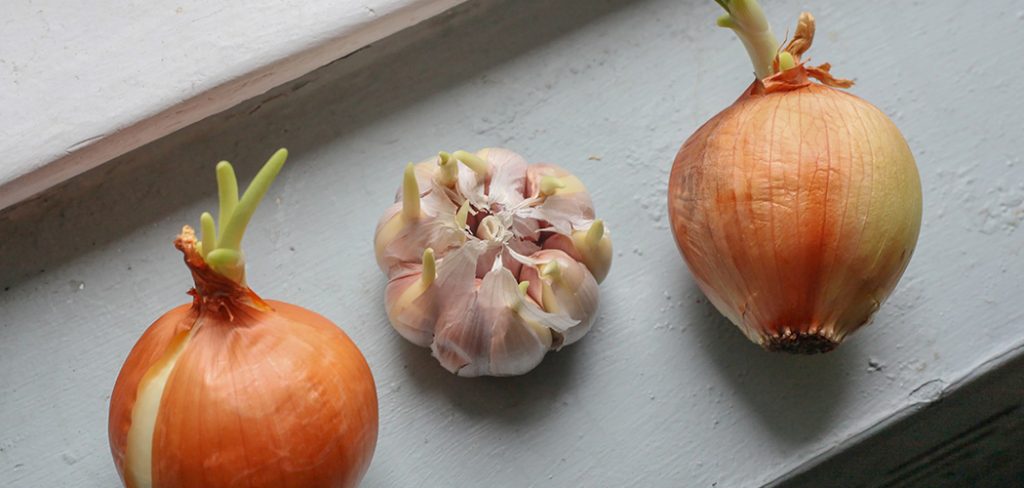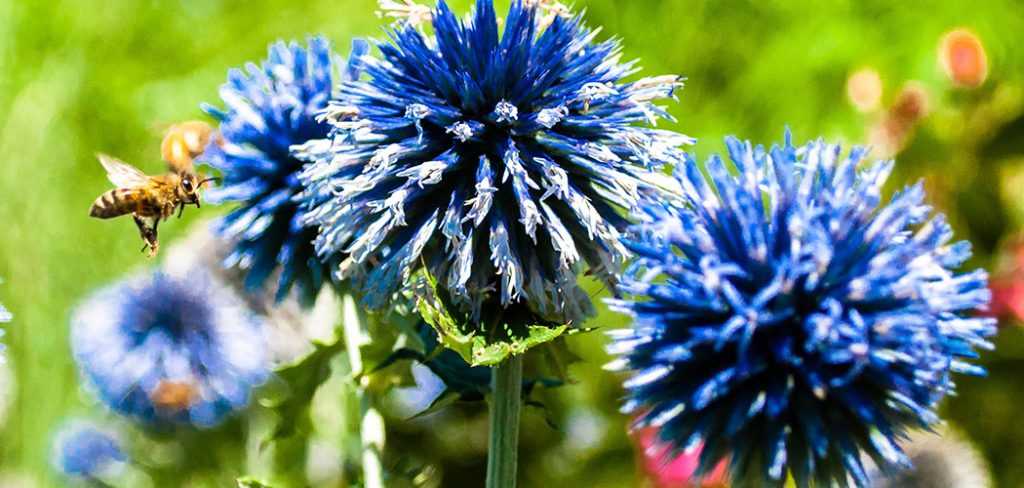The green things in the world, plants, are very good at regenerating themselves when they are cut for some reason. If the conditions are right, you may recover almost the same plant you had in the beginning, giving you fruit, seeds, and flowers in the same way as before.
And speaking of flowers, lavender plants or Lavandula (the genus of which these plants are part) is one of the most colorful ones. Well, at least you may have noticed the purple color some time in your life.
If you want to make lavender out of some cuts you may have around (maybe you were gifted some or you just wanted to have that nice smell around your home) you may be asking yourself: How to regrow lavender? Let’s find out if this nice smelling plant or flower is very easy or difficult to regrow, and some other questions.
How to regrow lavender from cuttings?
Let’s start by talking about how to regrow lavender from cuttings. It may sound like we are doing some damage to the plant, but the ability to regenerate that lavender has is quite impressive so, do not worry. If you follow the steps, you may also get surprised by the results.
We need to begin answering how to regrow lavender by actually cutting it. Lavender is one of those plants that may be gifted to us, but if you have the opportunity to select a part of it to carry with you, you should cut it with a sharp knife (not scissors please) in sections between four to six inches long. You should do this just below a leaf node from the top.
You cut the plant, now what? Well, you would need to trim some of those leaves and leave (no pun intended) only the top one that group together from the stem. The plant would live okay without too many leaves and this process would encourage growing rather than using the energy available in just the leaves.
Too wet and your plant may die. The best way to keep that from happening to your lavender cutting is by mixing two parts of ordinary compost with one part of grit or perlite. The ordinary compost should contain free-draining material to help the plant to grow and thrive.
When considering where to put your lavender plant, you may want to use terracotta pots as this material allows breathing. That is a very difficult thing to do when the container is made of plastic. Having terracotta as the main material of your lavender pot may also deter fungus from appearing.
How to properly plant lavender?
There are various ways in how to regrow lavender, especially after cutting it. Then, how to properly plant lavender when that moment comes?
Starting with the soil, we already mentioned using a free-draining ordinary compost mixed with a part of perlite or grit. You could also use some round stone, a half cup of lime, some bone meal, and well-composted manure. This alkalinity would help your plant while the stone would help with drainage. And the bone meal and manure? Well, good food for your lavender!
Making a hole just at the edge of the pot and then placing the cuttings on the leaves is the way to go. Keep separation though, around a half-inch between cuttings. And use the compost to make the plant firmer and to keep it standing up.
Time to use the good old trick of the greenhouse. Yes, having lavender in similar conditions like that inside of a greenhouse would help it grow nicely. You just water you cutting gently enough (not too much to make puddles) and use a plastic bag or cutting a plastic bottle and put it over the plant. The effect would warm the ambient for the plant and keep them from drying out.
Direct sunlight is not a good thing for your plant. To not make suffer your poor cuttings, make sure to use diffused light. That is the kind of light you can make from natural light by putting something in between the plant and the light source. Keeping everything moist enough is a must for these kinds of plants too.
Potting up lavender
After already seeing how to regrow lavender, let’s find out next how to pot up lavender and the final steps for planting and caring for lavender in soil. It is not as difficult as you may think, but you would need to follow the steps carefully.
The process of potting starts when you are beginning to see roots from the drainage holes of your container. You could also see new leaves growing up. Being careful enough to move it, gently remove the plant from the compost mix into a new pot. The recommended size would be around three inches. Careful with smaller pots, you may need to up-end it quite a bit.
The requirements would change a little bit for newer lavender plants, especially watering. While in the cutting phase they required just enough to damp the soil, this time would require a bit more to the point of almost doing a puddle (almost is the keyword. Still not too much)
From several weeks to a couple of months, you should grow your lavender plant until it has bushes that go out and it has way more leaves than before. Having a sheltered place is always a good idea, with plenty of sunlight. And if you live in cold weather, try to keep it warm using a greenhouse method like the one explained above.
Conclusion
Finally, to answer the question of how to regrow lavender? Yes, you can do it following some rather strict steps to make your lavender plant grow again, from just a cutting.
First up, use a sharp knife and not scissors to cut a lavender plant. Cut between 4 to 6 inches sections just below a leaf node from the top. Then, trim some of the leaves, except the ones at the top of the stem. The plant does not need too many leaves and if you let them, the energy would be redirected there instead of the growth of the plant.
Plant the lavender plant in a terracotta pot because it allows breathing way better than plastic pots may allow. Try not to give too much water to these plants, which may damage them instead of making them grow faster. Around once every week is okay to avoid dehydration.

